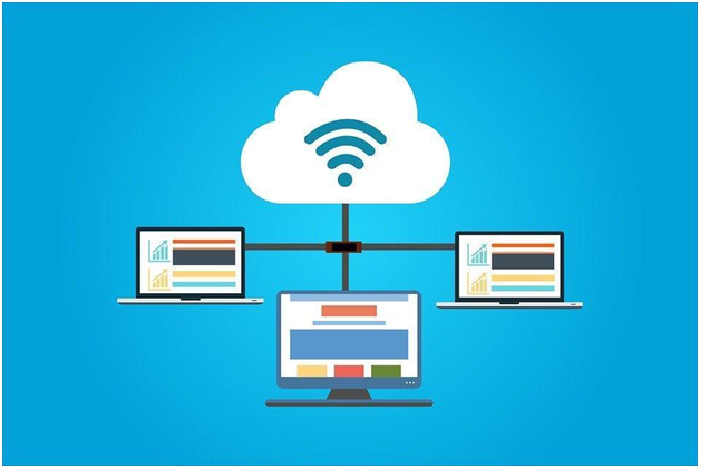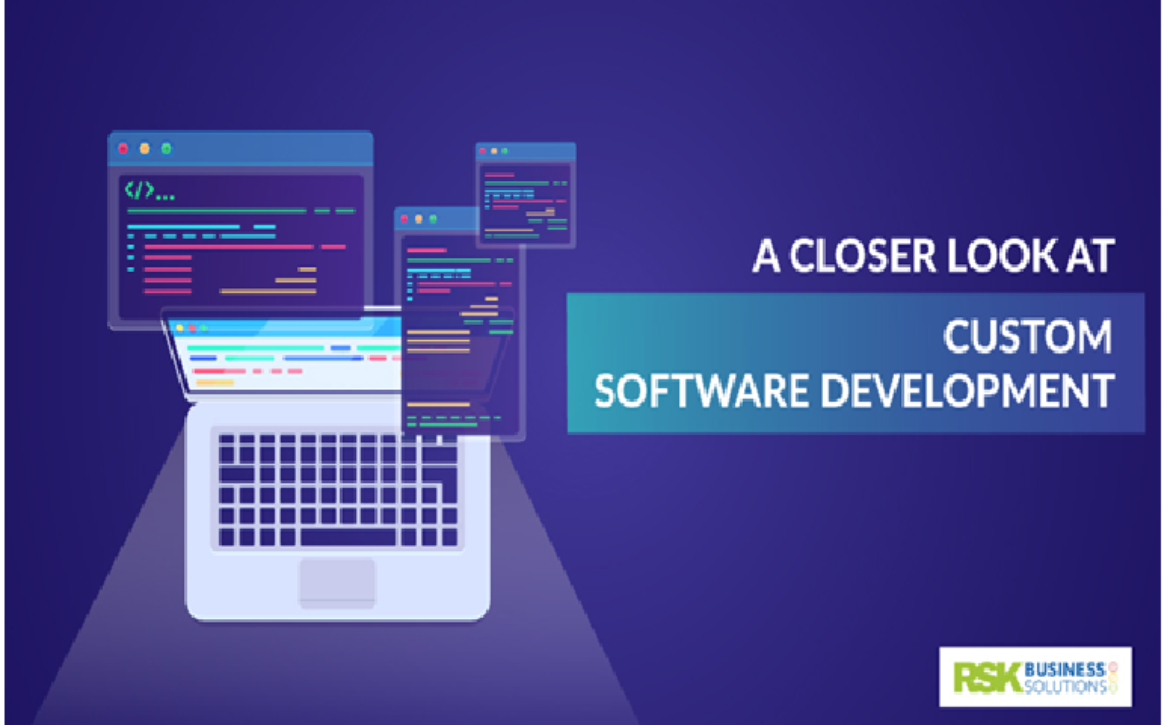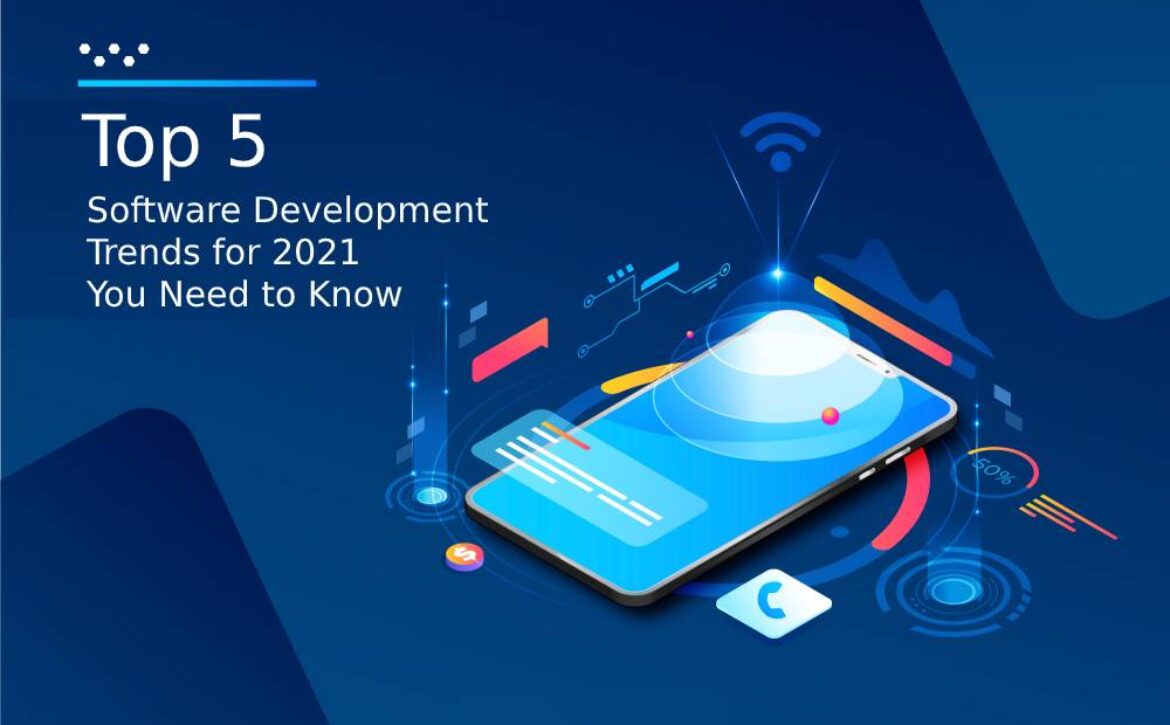What is Cloud-Based Software and Why Is It Becoming More Popular?
It may seem like almost everyone in the IT industry is raving about cloud-based software, recommending it regardless of industry or specific business objectives. Cloud-based software, they say, is the way of the future, offering unparalleled benefits and greater digital security in a single package.
Yet many businesses are still hesitant to undergo dramatic renovations of their software or technology departments, and for good reason. Changing to new technology or applications might be costly, particularly if a given business already runs well on existing devices or software. It’s very important that business leaders ask themselves some questions before digitally transforming their business processes to cloud-based.
What exactly is cloud-based software and why is it becoming more popular than ever? The answer to both questions is simpler than you might expect.
Cloud-Based Software in a Nutshell
Cloud-based software comes from cloud computing, which essentially means accessing, developing or storing programs and data on the Internet instead of storing them on a physical hard drive.
Under a classic computing model, any software your computer accesses must be installed on your device’s physical hard drive.
With cloud computing, all your computer needs to do is access the Internet, then it can use a program installed on a cloud server. That software can be accessed by other computers who have the same privileges and permissions, as well.
This decentralized computing style is affecting every aspect of the IT industry, from computer security to software development and business. But its increasing ubiquity and apparent ease of access don’t fully explain why it is so much more popular now than it was just a few short years ago.
Benefits of Cloud-Based Software
Cloud-based software provides a number of advantages to enterprises that adopt it fully. Let’s break down some of the most insightful ones.
Lower Costs Across the Board
For starters, cloud-based software usually comes with lower costs for businesses that leverage it. Businesses no longer have to purchase individual software licenses to install software on dozens of computers for their company. Now they can rent software for their entire staff by paying a single monthly fee.
Furthermore, cloud-based software means you don’t have to rely on many IT support services. Most IT support for a given software type or brand can be handled by their associated data centers.
Even the costs of supporting or maintaining various applications are lower since cloud vendors handle updates and upgrades for any software they provide.
On a more technical level, cloud-based software only requires businesses to pay for the computing resources they need. Businesses also don’t have to spend time purchasing, building, and/or maintaining hardware to store their programs and data. Fees for renting data storage space are usually much cheaper.
Business leaders can easily justify the cost of transitioning the cloud-based software due to the long-term savings they’ll likely see after adjusting.

Faster Access to Hardware and Software
One other advantage of cloud-based software is faster installation. Since a company’s computers can simply download any software or computing resources they need, they no longer have to wait for software licenses to be delivered or for hardware to be constructed.
Instead, all that’s required is for an enterprise to contact a cloud-based software company, sign a licensing or rental agreement, and immediately gain access to what they require for their objectives.
This fast access allows companies to grow at much speedier rates than they used to, as well as handle many more visitors or users during high-traffic times.
Are your servers being overloaded by the number of visitors to your website thanks to a new promotion? Simply requisition more server resources from your cloud-based software vendor.
More Reliable Data Security and Backups
Furthermore, cloud software provides much more reliable data security and backup functionality compared to traditional counterparts.
This kind of software can be updated and improved straight from the cloud, allowing any new updates to be disseminated to individual software versions throughout the network in a flash.
Thus, a cloud services company that finds a minor security breach can patch the breach with their version of the software, then roll out the fix to all affected companies much more quickly than otherwise.
Companies are less likely to have their data stolen or their servers compromised if they use cloud-based software overall. This even extends to physical breaches – disgruntled employees can no longer steal company secrets directly from local hard drives as all valuable data is instead stored behind password-protected cloud servers.
Backups can also be scheduled quite frequently using cloud-based software. This prevents valuable data from being lost due to a power outage or a security breach.
Ultimately, there’s no wonder why cloud contact centers, digital marketing agencies, remote software developers and many other industries are becoming the new normal in contrast to their predecessors.
Any enterprise concerned with greater IT security should transition to a cloud-based software use model ASAP.
Easy Access from Anywhere with Internet
Perhaps most important of all, cloud-based software allows company employees and executives to access crucial data or applications from anywhere they can connect to the Internet.
No longer do they need to make sure they have their “work computer” with them – they can find the files they need or access a company dashboard in a few minutes after logging in with the appropriate credentials.
This will likely provide even greater benefits later down the road as internet marketing for small business and big enterprises becomes more of a necessity.
The Final Word: Cloud-Based Computing and Software is the Future
In the end, any business that wants to survive – and thrive! – in the modern economic environment will need to leverage cloud-based software as much as possible.
Many surveys already suggest that a majority of industry leaders are looking to adapt their business models moving forward, focusing on agility and flexibility. Cloud computing, and the software that comes along with it, is the best way to accomplish these goals in the technology department.
Cloud computing is here to stay, and it’s only going to become more ubiquitous in a few years. Make the leap now, while the shift is still happening, to using cloud-based software sooner rather than later. Before long, your company will see bigger benefits and greater security!





